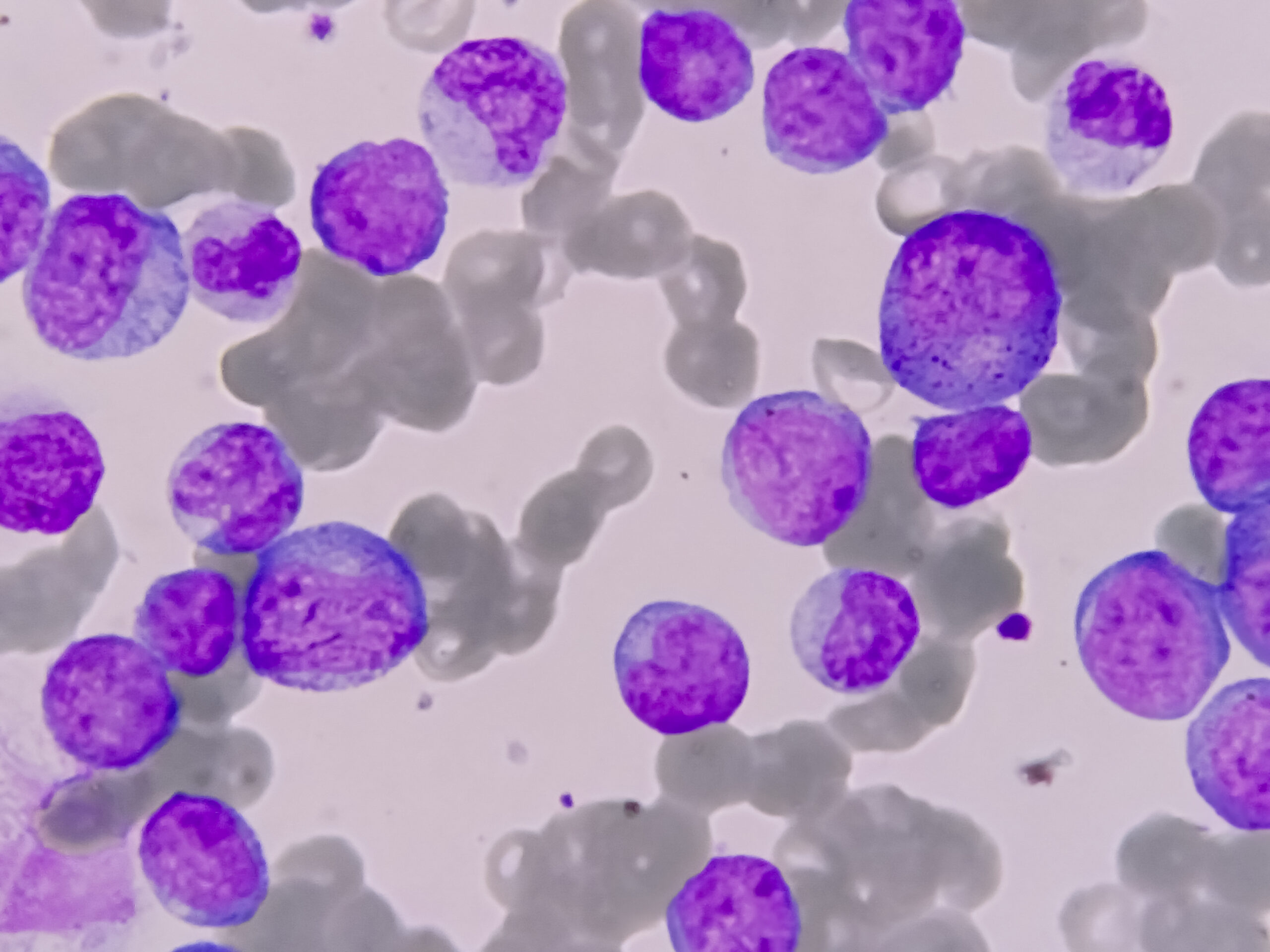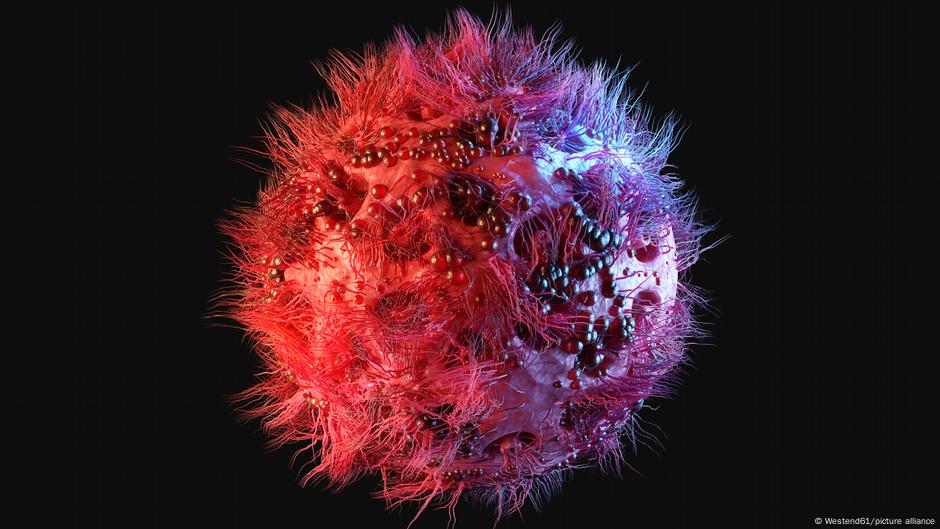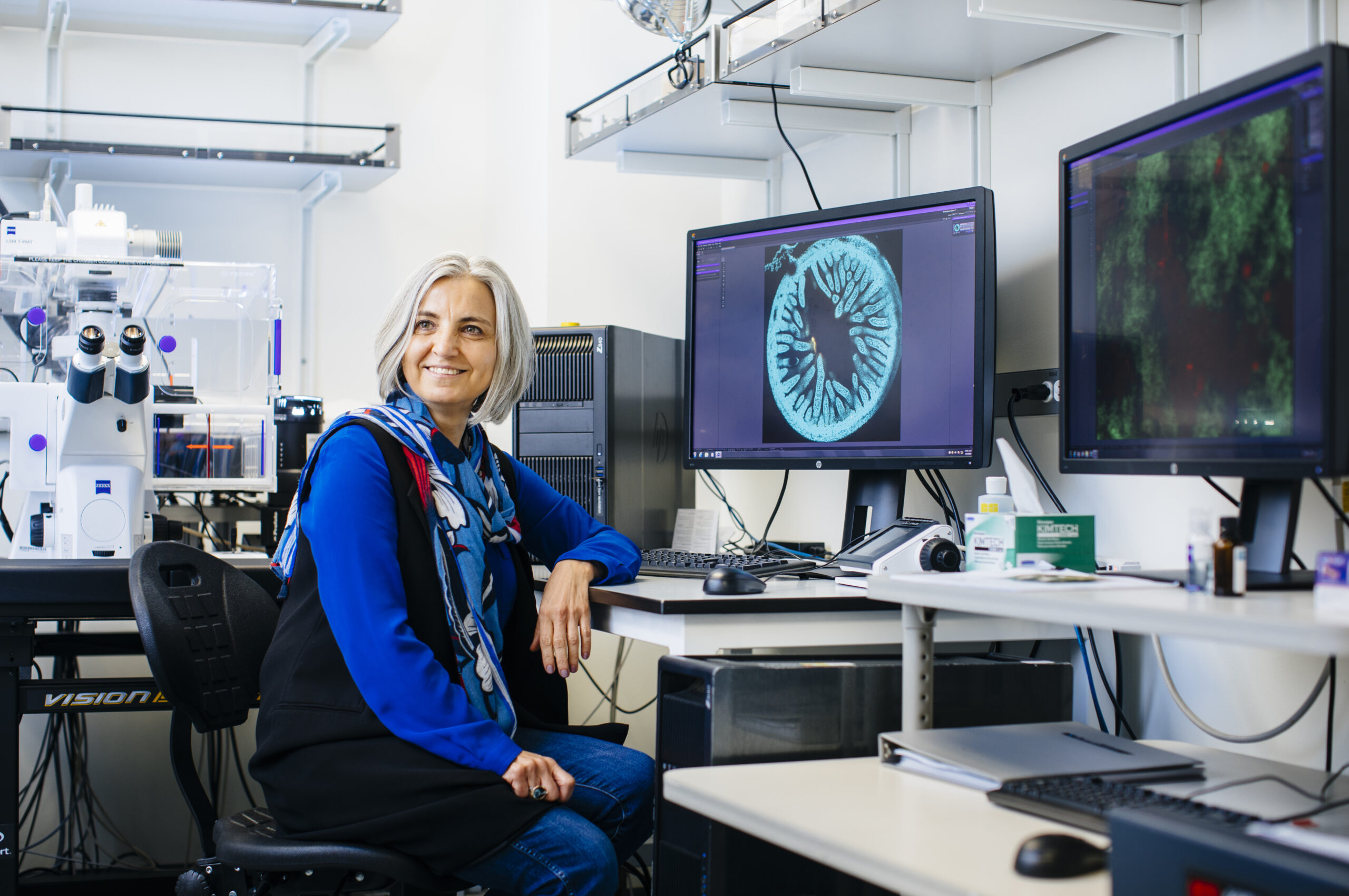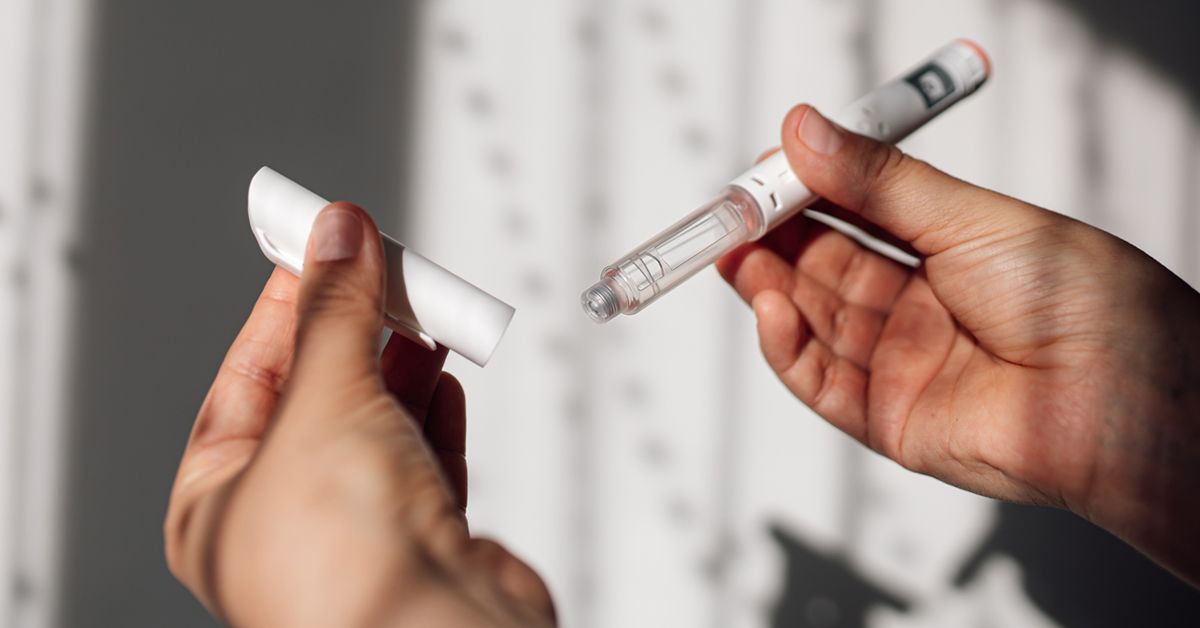An international study conducted by the Alliance for Clinical Trials in Oncology and the Acute Myeloid Leukemia Cooperative Group has revealed that age-based classifications in the treatment of acute myeloid leukemia (AML) may be outdated…
NYT The president’s call for removal of the metal from childhood inoculations set off alarms. About half of shots for polio, whooping cough and other diseases would be affected. Federal health…








